Harran Travel Guide
Introduction
Harran, about 50 kilometers south of Sanliurfa, is famous for its traditional mud-brick beehive housing style, but this small town offers plenty of other attractions for visitors. Its long settlement history has left the city with fascinating historic architecture, and the entire place is imbued with an ancient atmosphere. Due to its position near the border with Syria, Harran is also home to a distinct culture more influenced by Syrian Arab traditions. Locals here speak Arabic and Turkish, and their mud-brick architecture can also be found across the border in northeast Syria.
Harran (Akkadian Harrânu, “intersecting roads”; Latin Carrhae): ancient city in Mesopotamia, famous for a temple of the Moon god Sin and the defeat of the Roman general Crassus in 53 BCE (“battle of Carrhae”).
How to Get to Harran
The easiest way to get to Harran is from Şanlıurfa by car along the E99 route. Along the way, it is possible to make a short stop to see Sultantepe tumulus.
What to See in Harran
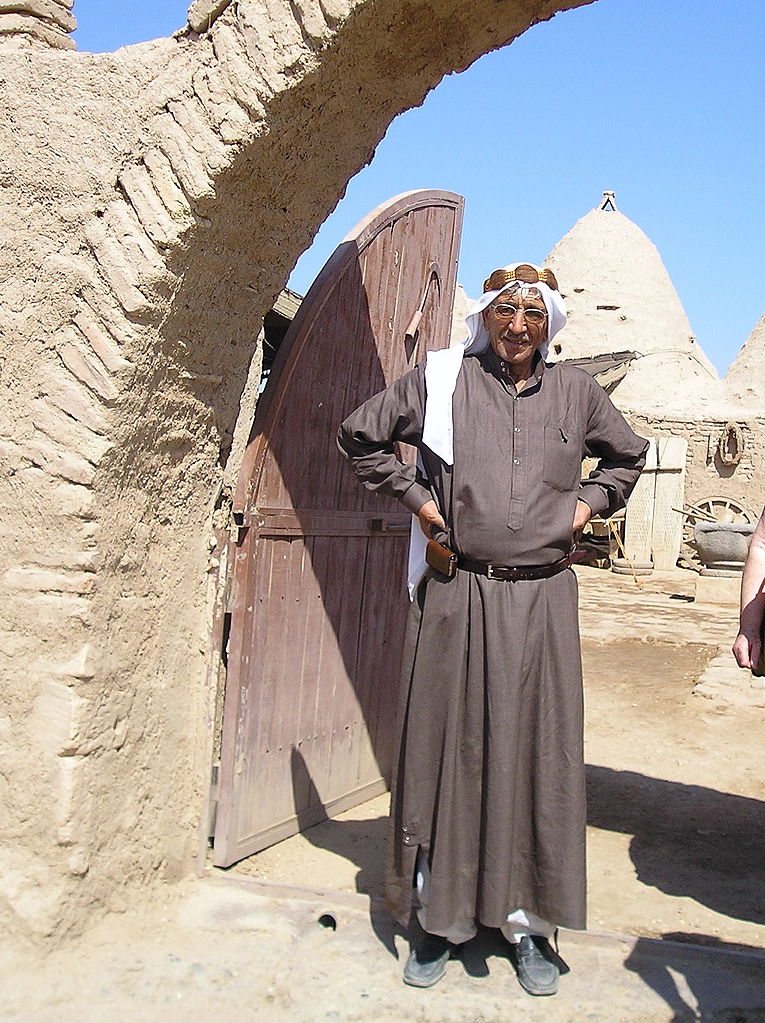
Today, Harran is a small village populated by ethnic Arabs. The road from Sanliurfa reaches the west side at the surviving Aleppo Gate, which Saladin restored in 1192. Initially, there were six gates, the others being the Raqqa Gate (towards Syria), the Baghdad Gate, the Mosul Gate, the Anadolu Gate, and the Lion Gate, all except the last named after the destination that the road led to from that gate. Harran is known for its unique “beehive” dwellings with cone-shaped roofs on square bases made of clay without wood. These 4-5 m high houses have had the same basic style for almost 3000 years. Marwan II built the Great Mosque, Ulu Cami, which is believed to be Turkey’s first purpose-built mosque. The 29 m tall square ancient minaret northeast of the Harran hill marks the ruins of this large (104 x 107 m) ancient mosque. The remains include ornately carved stone capitals, arch-stones, and a rebuilt minaret staircase with 105 steps. Still standing are the east wall, mihrab, ablution fountain, and the central arch, as well as the minaret, which also served as an astronomical observatory.
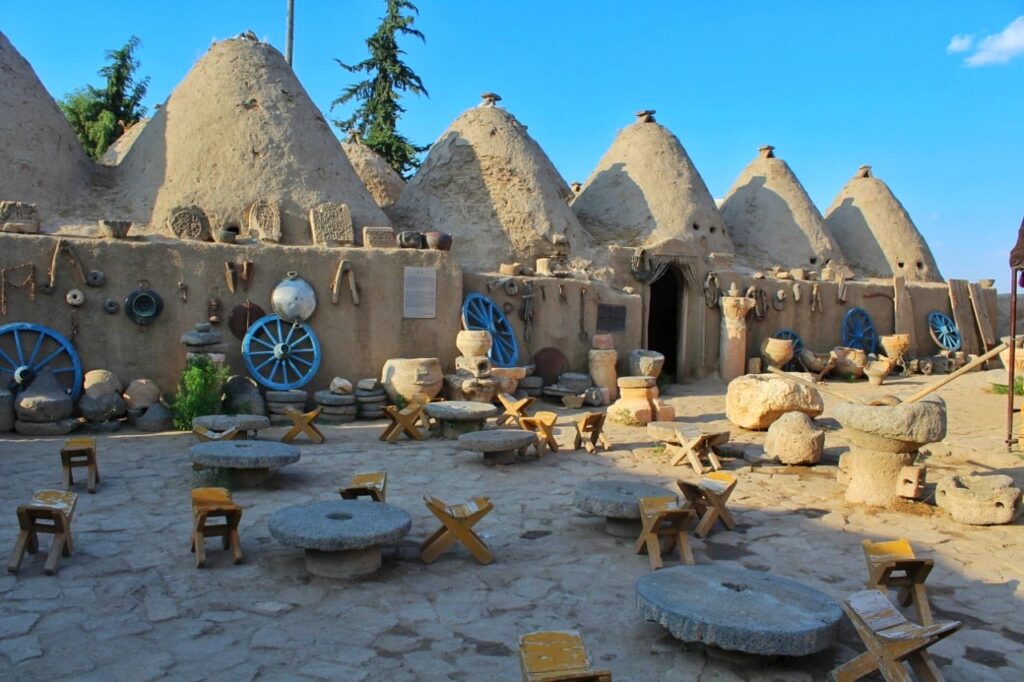
In 1956, archaeologists found 6th-century BCE Babylonian steles turned face down and used as steps at the mosque’s entrances. These steles were part of an original Babylonian temple of Sin. Harran also contains the 8th-century ruins of the first Islamic university south of the mosque. During the late 8th and 9th centuries, Muslim scholars at Harran translated and studied natural sciences, medicine, philosophy, and astronomy. Marwan II built the Harran Citadel on the southeast edge of town on top of the much earlier Babylonian temple of the moon god Sin. His successors substantially rebuilt the citadel, notably the Fatimids in 1059 and Saladin in 1196. A biblical association is related to a well about 1 km northwest of Harran called Bir Yakub, i.e., the Jacob’s Well. Was it here that Jacob kissed Rachel and that Rebecca, later to marry Isaac, drew water for Abraham’s servant? It could be…,
The Site
The old center of ancient Harran, where Abraham is said to have lived, is the primary point for sightseeing. It is now called Altinbasak, and the settlement mound here has evidence of habitation from the 3rd millennium BC onward.
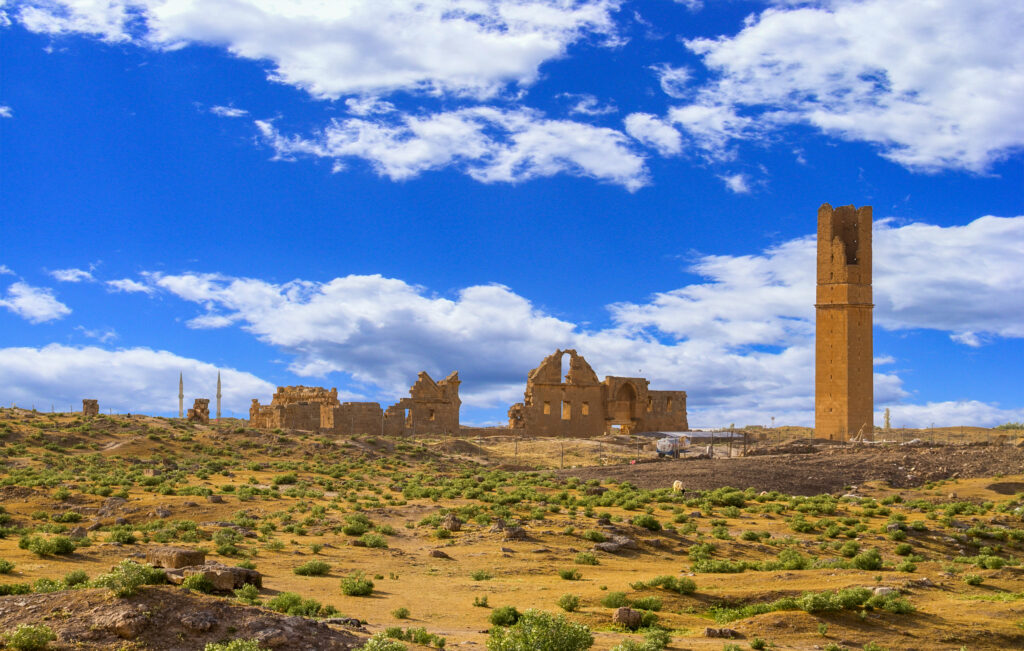
The badly decayed town walls, the course of which is still easy to trace, encompassed the central part of the old town. The cratered and undulating terrain here is typical of an abandoned town; a similar landscape is evident in the abandoned old city of Van in eastern Turkey. The ring of walls is broken by seven gates, of which five can still be identified: the Aleppo Gate in the west, which, according to an inscription, was restored by Saladin in 1192; the Lions’ Gate in the north; the Mosul Gate in the west; the Raqqa Gate in the south; and the Roman Gate (Bab ar-Rum).

The impressive remains of the citadel overlook the southeast of the site. Once a three-story structure, it was restored by the Fatimids in 1032. Three polygonal fortified towers can still be identified, and it is assumed that they occupy the site of the moon temple for which Harran was once so famous. Others have suggested that this shrine was near or even under the Ulu Camii site, just to the northeast. This large square site holds the remnants of a mosque (and the world’s first Islamic university) built by the Umayyad rulers. It was extended in AD 830 and restored in Saladin’s time between 1174 and 1184

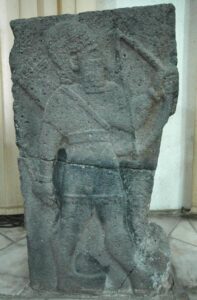 Harrian, Relief of an archaic warrior
Harrian, Relief of an archaic warrior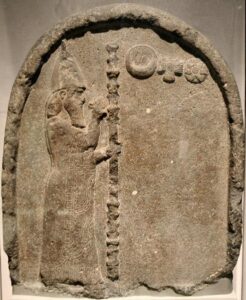 Harran, Relief of Nabonidus
Harran, Relief of Nabonidus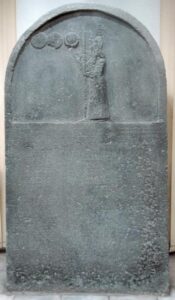 Harran, Relief of Nabonidus
Harran, Relief of Nabonidus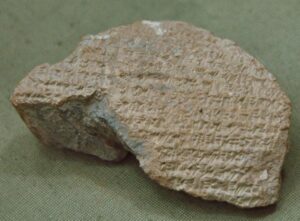 Harran, Cuneiform tablet
Harran, Cuneiform tablet








